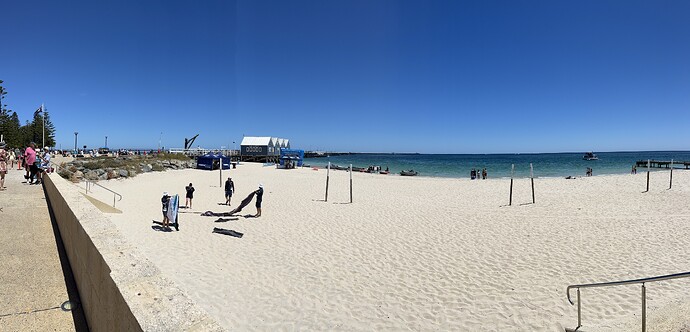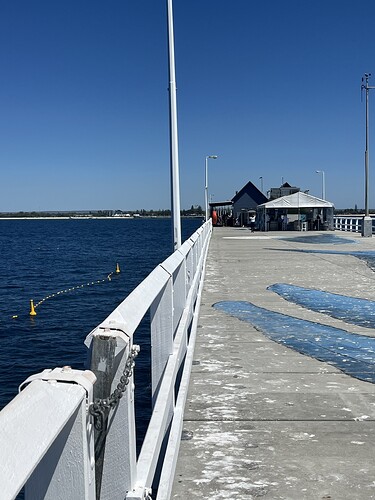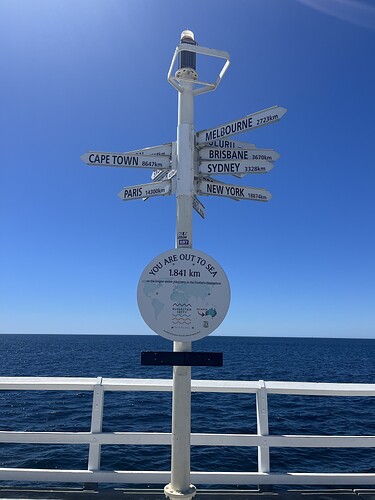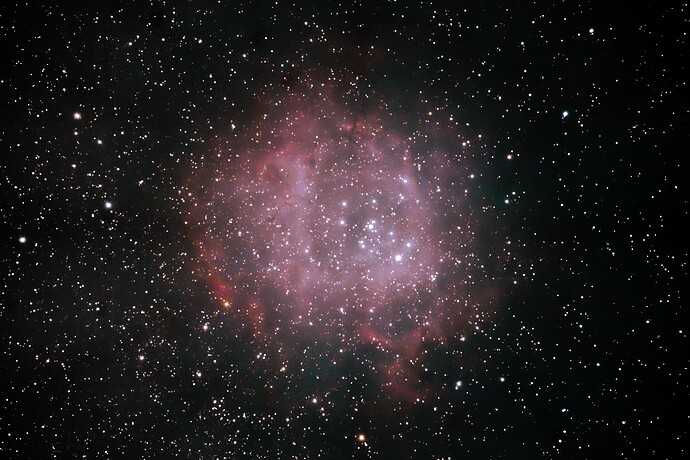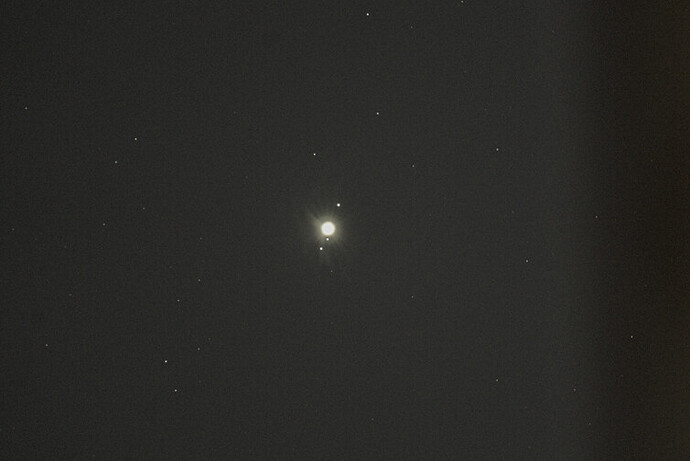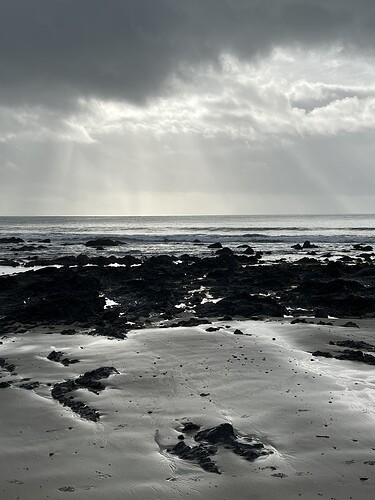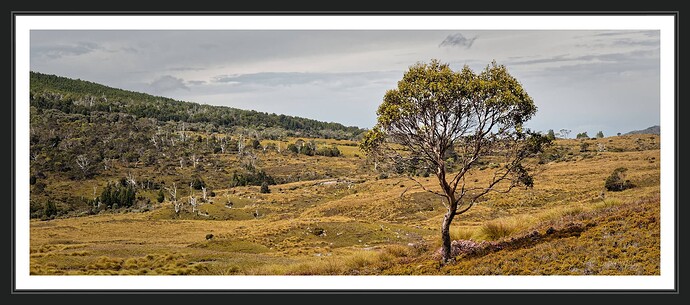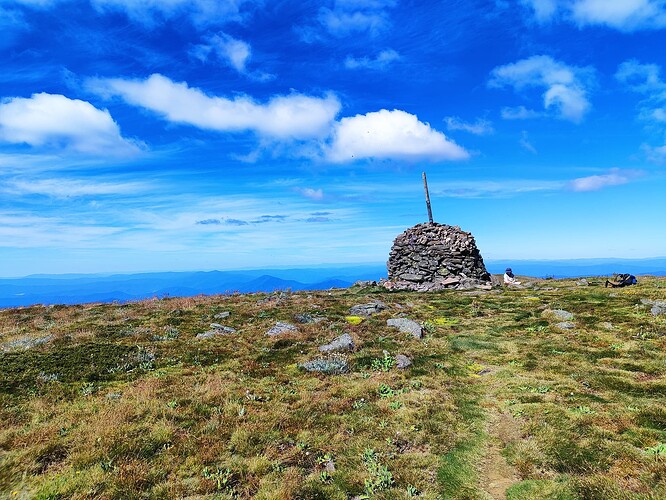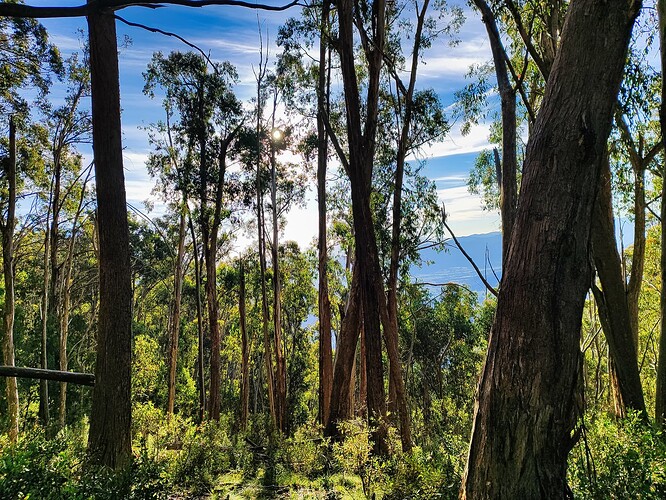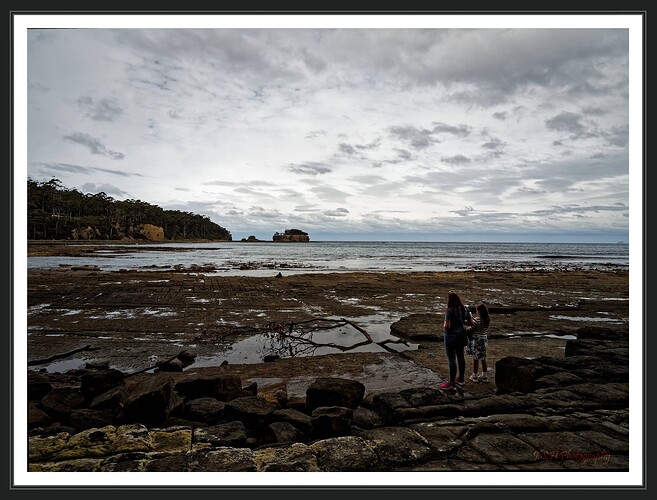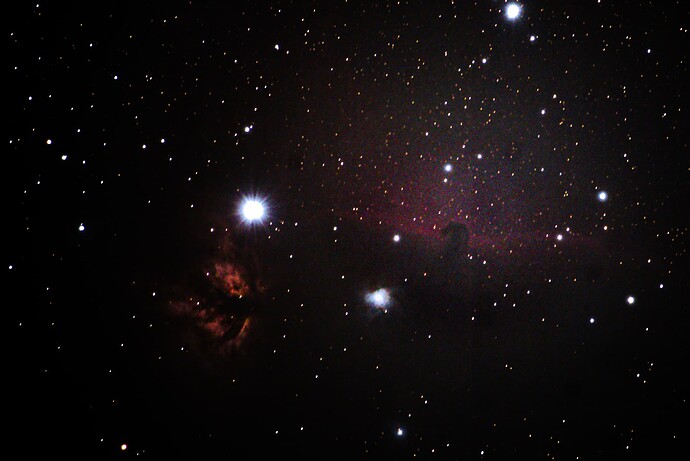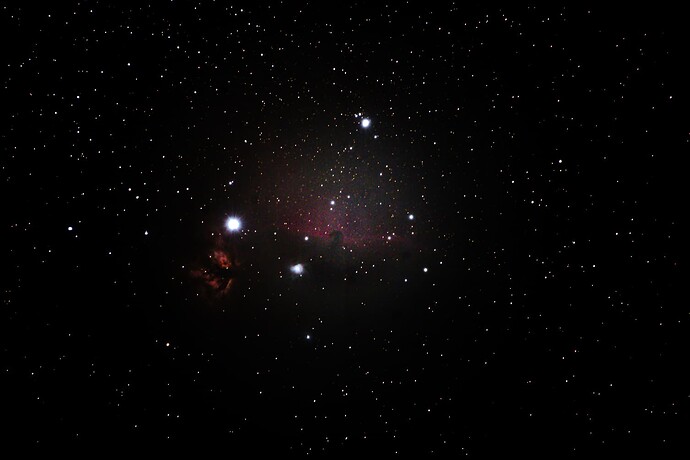Nice work Saladin.
Totally agree on all levels.
NGC 2244 Rosette Nebula. Milky Way Galaxy.
Approximately 5,000 light years from us. About 120 light years across.
This is only a 2 hour stack. I reckon there is a lot more there that can be captured.
This is a single shot of Jupiter. The shadow on the right is the house next door and their roof gutter. Need Jupiter higher in the sky!
Both nicely framed Saladin.
There’s this stone fence up near Buxton.
And you’ll find this black stone that just doesn’t belong there.
Probably the most famous nebula in the world is one of the most difficult to photograph.
300 second shots x 32 (so a bit over 3 hours). ISO 2000. 600mm cropped about 60%. Also didn’t help that the moon came out about half way through. Next time might only do 180 seconds instead of 300. Stupid planes and satellites binned a few.
Looking at the individual shots you wouldn’t even know that nebula was there. Seems though for this you really need all the fancy filters with a modified camera (to remove a filter that filters out this H-Alpha wavelength) but maybe once the a7 VIII is out I will feel okay modifying a camera.
So the horsehead nebula was discovered in 1888 by a Scottish astronomer by the name of Williamina Fleming. 1375 light years from Earth. Part of our Milky Way. The blurry patch you see just to the bottom left of the horses head is actually another nebula (the white patch, not the yellow / red one). That’s NGC 2023. The bigger thing is NGC 2024 commonly known as the flame nebula. Both discovered by William Herschel in the late 18th century. The this nebula has over 800 stars virtually all of them babies. The big star between the two nebula is one of the stars that forms Orions belt. Take a closer look next time you look at the sky and see if you can spot the nebula!
It really is amazing to see these images with your own eyes. Sort of like you are discovering them kind of feeling.
If you want better images Hubble took a series of photos as part of it’s anniversary image set.
Maybe it’s better without the crop.
I haven’t ever done astrophotography, but I was interested in why you chose ISO2000.
You really need the sensitivity to pick up the faintest of faintest stuff. When I did my hot pixel tests 2000 for my camera was better than 1600. Need a bit more iso as well in the urban areas. One day i’ll get somewhere where it’s darker but for now the backyard is all I got.
Is that because global rotation becomes a problem with longer s/s, or a trade off in noise with s/s vs ISO? How does a longer exposure compare with a higher ISO in this field?
Did you end up buying one? I hadn’t been into this thread for a month so I’m a bit slow to be helpful. I have a GoPro 11 and absolutely love it if that helps ![]()
Honestly I’m not 100% sure. I’m still learning and experimenting. First time I went such a long exposure. Been doing higher (3200 6400) USO but shorter shutter. The only limit on shutter is how accurate the equitorial mount is, the tracking and later the dithering. If it stops keeping with the rotation the stars become smears then dots.
I should really concentrate on easier targets first but I’m still too exited with just photographing cool stuff.
Remember you’re dealing with a guy who went to a planetarium in Japan with a presentation all in Japanese where my comprehension of the Japanese language is hello, goodbye, excuse me!
Dropping the iso to 1000 would have increased total time to six hours. And dropping it to 500 would have run out of night!! Even if you can track that long, lol.
